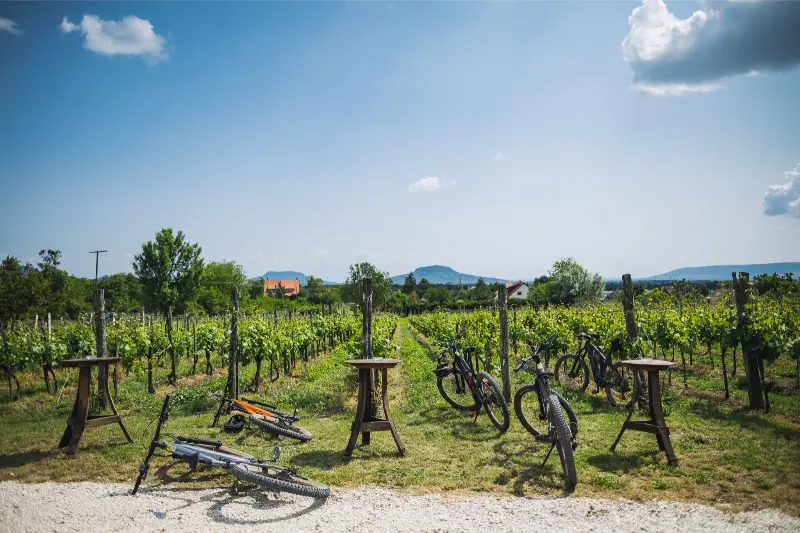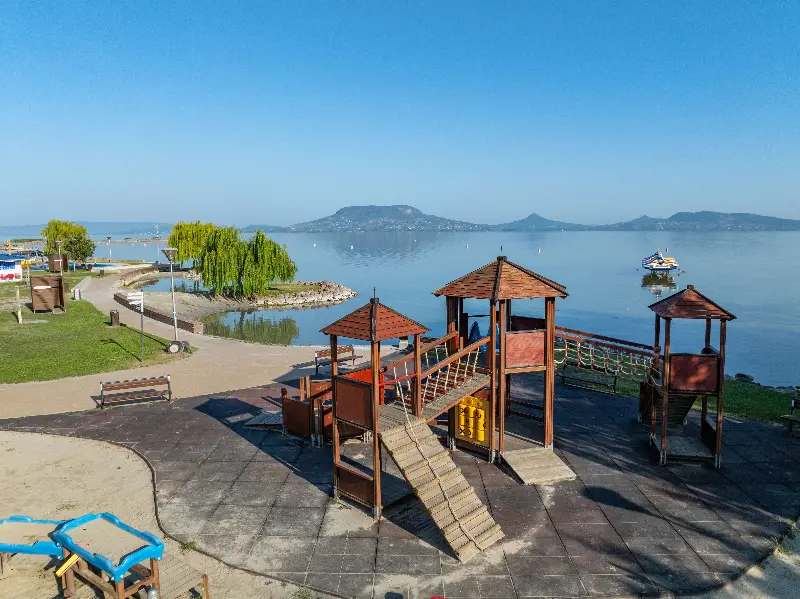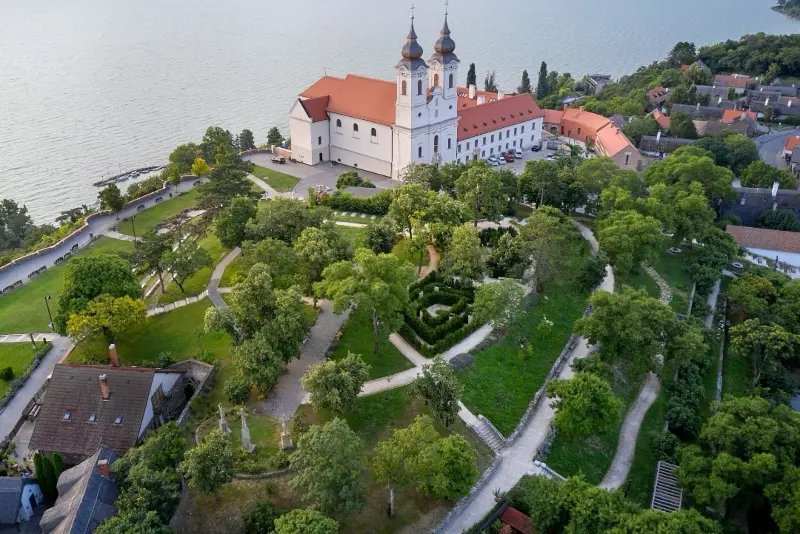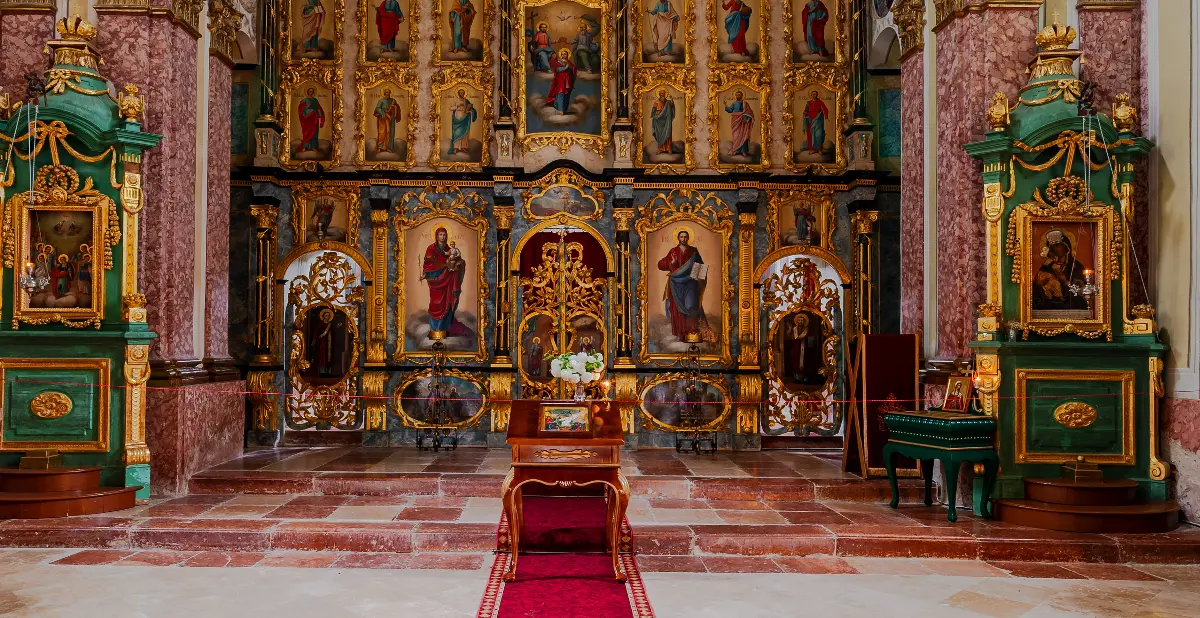
Helyszín címkék:
Hungary’s eastern treasures, the Orthodox churches
Hype&Hyper
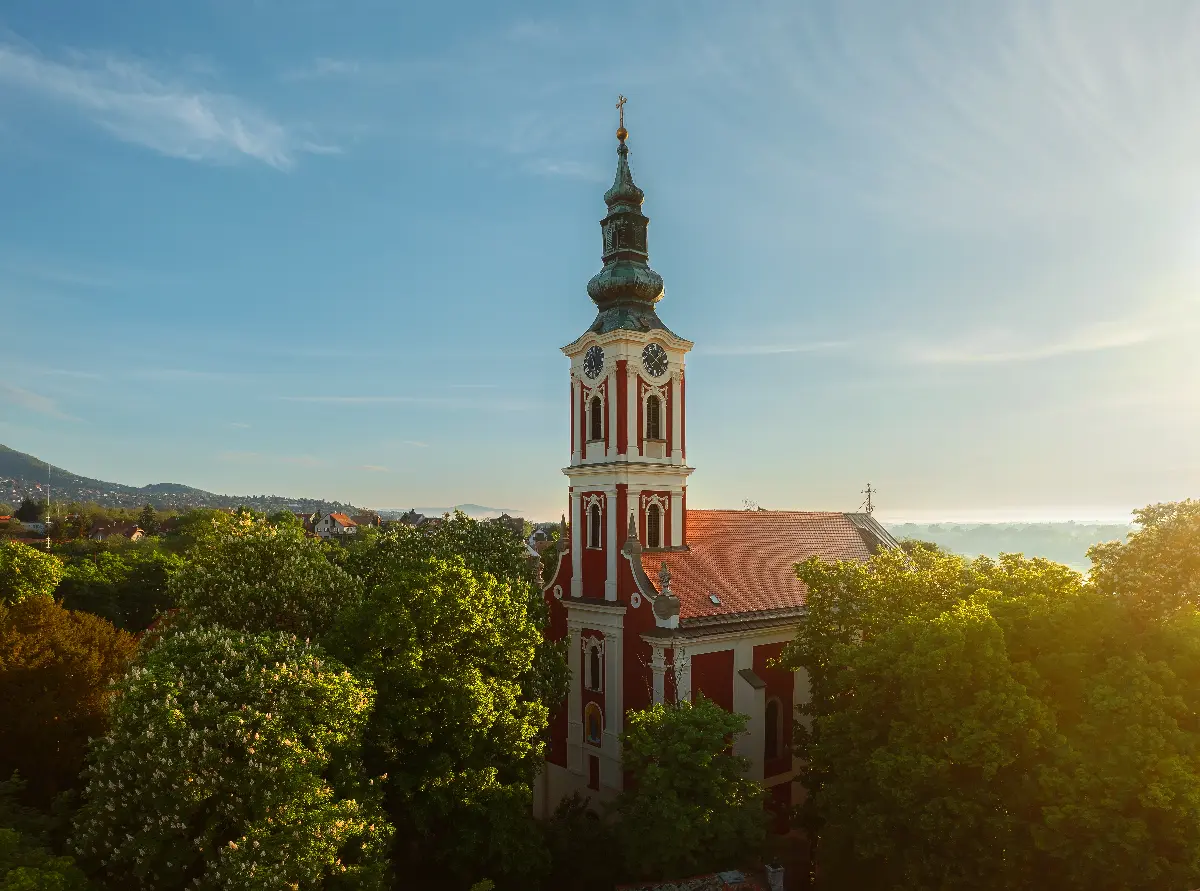
Belgrade Cathedral, Szentendre
Szentendre’s cobbled streets are home not only to romantic cafés and emblematic sites of the Hungarian art world, but also to the Greek Orthodox churches that are home to the Orthodox faith. The Belgrade Cathedral, which has been an integral part of the Szentendre skyline since the 18th century, is one of these towers, rising towards the city at a height of almost fifty metres.

The history of the cathedral dates back to 1690, when thousands of Serbian families, led by Patriarch Arsenije Čarnojević III, migrated to the city to escape the wrath of the Turks. Later, in less than twenty years, the settled Serbs built several Orthodox churches, the last of which – though perhaps one of the most significant – was the Belgrade Cathedral, which, as its name suggests, pays homage to the Serbian capital and the Assumption. It is worth noting that the building itself was built on a medieval Orthodox church, the foundations of which are still preserved in the inner churchyard. The construction of a Greek Orthodox church is based on precise and important rules, and these rules prevailed in the cathedral, including the fact that the sanctuary faces strictly east, according to the Orthodox tradition. The icons of the Belgrade Cathedral Iconostasis were created by a master from Novi Sad, Vasilije Ostovic, and together with the gilded Rococo woodcarvings, they offer a truly sacred experience even for less religious visitors. The ornate interior of the church is also interesting because, unlike the churches of Western Christianity, there are no pews, which is because, in keeping with Greek Orthodox customs, the faithful stand to listen to the service.
The Cathedral of Szentendre is a significant building not only in Hungary but in the whole of Central Europe, as it is the most beautiful piece of Orthodox Christian architecture and ecclesiastical art in the region.
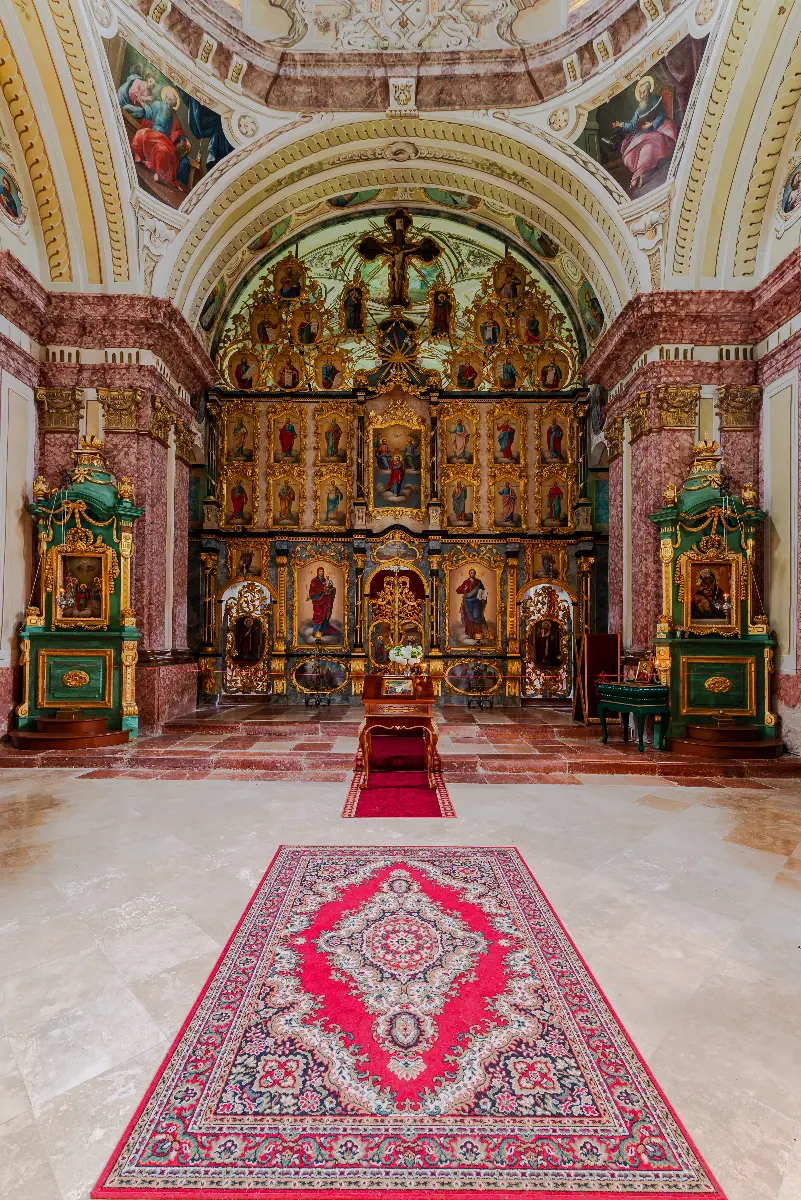
St. Michael’s Church in Grábóc, the “Athens” of Serbian culture in Hungary
Grábóc, a remote one-end village in Tolna county, was once considered the spiritual and religious cradle of the Serbs, but today the local Orthodox monastery has only a few inhabitants; the monk Gajics Mitrofan and two nuns. Although the tiny town may not seem like much at first glance, it has many surprises in store for tourists: Hungary’s only Greek Orthodox monastery and the church next to it are exceptional in more ways than one. For decades, the monastery had been the centre of Serbian priestly education, and after the anti-religious period of socialism, it was used as a social home. In 1994, it became church property again, but then it was not for male monks, but for nuns. Although the monastery is not open to tourists, the church of St. Michael welcomes curious onlookers. The church is surprisingly bright and spacious, with a beautiful iconostasis and the relic of the martyr St. Barbara, which makes it an important place of pilgrimage. The Sunday after the feast of Peter and Paul is one of the most important events in the religious life of Grábóc. After the church service and the procession that follows, visitors are treated to a consecrated, wine-soaked cake, accompanied by dancing until the early hours of the morning. Next to the bridge that leads to the monastery complex is a well house, which allows you to explore the church garden, where you can admire models of several Orthodox churches, while enjoying the cold spring water. The rugged beauty of the landscape, the National Blue Trail surrounding the church and the tranquil setting of the village provide an extraordinary experience for both body and soul.


